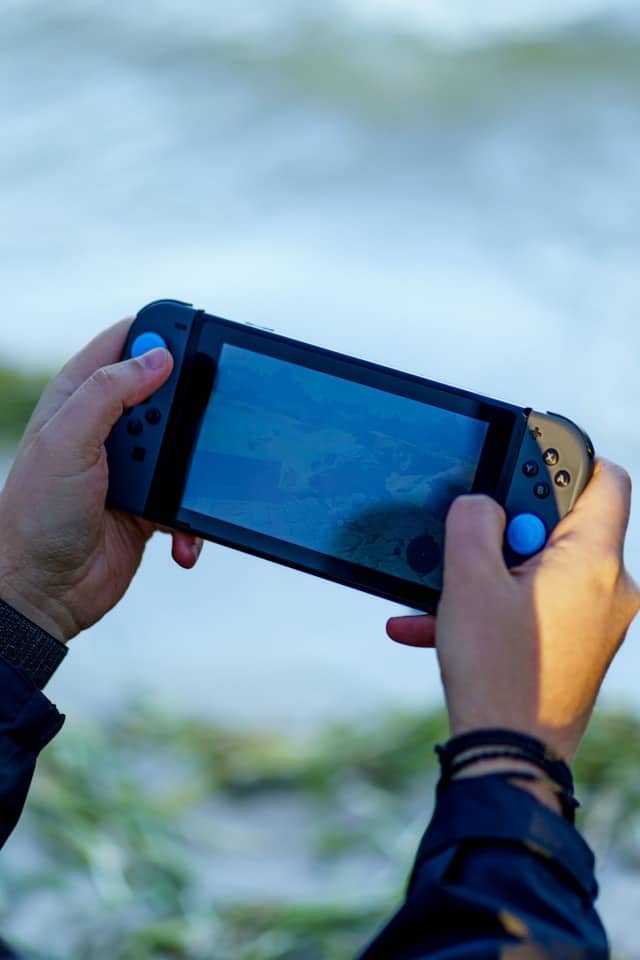How can developers create more realistic fire effects in action-adventure games?

Fire in video games has always been a compelling visual element. Not only can it add a layer of realism to a game, but it can also be used as a gameplay mechanic, affecting player actions and shaping the game's narrative. In action-adventure games, where immersion and visual fidelity are crucial, creating realistic fire effects can make the difference between a good game and an extraordinary one.
For developers, the quest to create more authentic fire effects is an ongoing challenge. It requires a deep understanding of both the physics of fire and the capabilities of game development tools. In this article, we’ll look at how developers can create more convincing fire effects in action-adventure games.
Cela peut vous intéresser : How can machine learning algorithms be used to predict player behavior in competitive eSports?
1. Understanding the Real Properties of Fire
Before you can create fire in a game, you need to understand how it behaves in the real world. Fire is an unpredictable, ever-changing element. Its color changes based on its temperature and the type of material it's burning. When you understand these basic properties, you can then apply this knowledge to your game design.
To create more convincing fire effects, start by studying real-life fire. Pay attention to the way it moves, its color variations, and how it interacts with different materials. Take note of the way it emits light and casts shadows. You can then use this information to guide your effects in the game.
Cela peut vous intéresser : How can developers leverage AI to create personalized quests in open-world RPGs?
2. Utilizing Appropriate Design Tools
The tools you use to create your fire effects can have a significant impact on their realism. Many game development platforms offer powerful visual effects systems that can mimic the behavior and appearance of fire.
When choosing a design tool, consider how it handles light and shadows. A good tool will allow for dynamic lighting, which can make your fire effects appear more lifelike. Also, consider the tool's ability to handle particle systems. Fire is made up of countless tiny particles, and a tool that can simulate this can lead to a more convincing effect.
3. Incorporating Physical Interactions
Fire is not just a visual element—it also interacts with the game world in physical ways. For example, it generates heat, burns materials, and can be affected by weather and wind. Incorporating these interactions can make your fire effects more believable.
To achieve this, you will need to think about ways to integrate your fire effects into the game's physics system. For instance, you might create a system where fire spreads based on the type of material it comes into contact with or where it is extinguished when exposed to water.
4. Enhancing Visual Appeal with Animation and Sound
Fire's visual appeal goes beyond its color and shape. The way it moves and the sounds it makes also contribute to its realism. By focusing on animation and sound, you can add another layer of immersion to your fire effects.
When animating fire, consider its erratic and unpredictable nature. Using a procedural animation system can help you capture this. For sound, record real-life fire sounds or work with sound designers to create authentic fire audio.
5. Testing and Refining Your Fire Effects
Once you've created your fire effects, the next step is to test them. This will give you a sense of how they look and feel in the game, and it will allow you to refine them based on player feedback.
Consider how your fire effects impact the gameplay. Are they enhancing the player's experience, or are they distracting? Do they add to the game's visual appeal, or do they feel out of place? Use this feedback to make adjustments and improve your effects.
Creating realistic fire effects in action-adventure games is a complex task, but it's one that can significantly enhance the player's experience. By understanding the real properties of fire, utilizing appropriate design tools, incorporating physical interactions, enhancing the visual appeal with animation and sound, and continuously testing and refining your effects, you can create fire effects that not only look real but also feel real. And in the world of action-adventure games, this realism can make all the difference.
6. Leveraging Modern Game Engines for Fire Effects
In the realm of video game development, game engines are the core tools that shape the visual effects and overall gaming experience. Leveraging the advanced features of modern game engines, like Unreal Engine, can significantly enhance the fire effects in action-adventure games.
Unreal Engine, for instance, features a real-time dynamic lighting system that can magnify the visual appeal of fire effects. This engine provides a particle system that can simulate the tiny particles that make up fire, contributing to a more realistic visual representation. Dynamic lighting and shadows cast by fire can also be accurately depicted using this engine, enhancing the overall realism.
Game developers can also utilize the Material Editor in Unreal Engine to create materials that react differently to fire, much like in the real world. For instance, developers can design wood that turns into ash when burnt, or metal that changes color and texture when exposed to high temperatures.
Modern game engines provide advanced physics systems that can simulate real-world interactions between fire and its environment. Wind direction and speed, for instance, can be programmed to affect the spread and intensity of fire in the game.
Creating fire effects for handheld consoles like the Nintendo Switch might be a little more challenging due to hardware limitations. However, adept optimization strategies can help developers overcome these challenges and deliver stunning fire effects on such platforms.
7. Learning From Success Stories of Realistic Fire in Games
One of the best ways to master the creation of realistic fire effects in action-adventure games is to learn from successful examples in the industry. Titles like "The Legend of Zelda: Breath of the Wild" on Nintendo Switch are renowned for their impressive fire effects.
In "The Legend of Zelda," the dynamic interaction of fire with the game environment is a key component of the gameplay. Fire spreads by consuming flammable materials and can be utilized by players to solve puzzles or defeat enemies. The visual representation of fire in the game is also top-notch, with detailed animation and realistic lighting effects that enhance the overall immersive experience.
The developers of "The Legend of Zelda" leveraged a custom-built game engine to achieve these effects. They incorporated a sophisticated physics system that enabled fire to interact dynamically with the game world. This kind of detail-oriented approach can serve as an exemplary model for developers aiming to create more realistic fire effects in their games.
Game developers can find more inspiration from VFX videos or behind-the-scenes showcases of popular games. These resources often provide valuable insights into the techniques and tools used by VFX artists to create realistic fire in video games.
Creating realistic fire effects is an intricate part of game design that can add a layer of immersion to action-adventure games. Developers need to understand the real properties of fire and employ the right design tools to recreate these properties in the virtual world. Modern game engines like Unreal Engine can be instrumental in this regard, offering features like dynamic lighting, particle systems, and advanced physics systems.
Learning from successful examples in the industry, like "The Legend of Zelda," can also provide valuable insights. Through continuous testing and refining, developers can create fire effects that not only look real but also feel real, significantly enhancing the overall gaming experience.
As the gaming industry continues to evolve, the quest for more realistic fire effects remains an exciting challenge for game developers. With the right tools, knowledge, and dedication, developers can push the boundaries of visual effects in video games and deliver mesmerizing fire effects that captivate players around the world.
